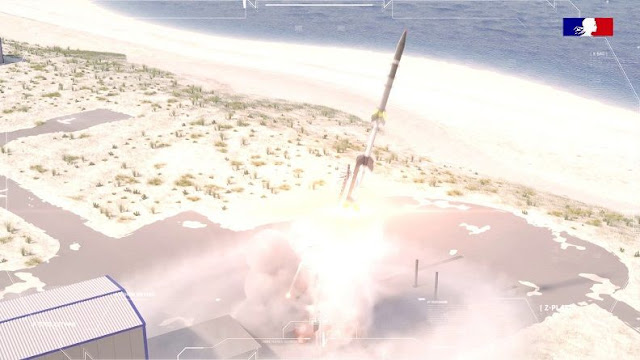[post update nr 8, 4 July 2023 09:40 UTC]
Recently, on May 30, North Korea tried to launch a new satellite. The satellite however did not reach orbit, because the second stage of the launch vehicle failed (see my earlier post here).
There are currently two older North Korean satellites on orbit: KMS 3-2 (launched on 12 December 2012) and KMS 4 (launched on 7 February 2016). One of these, KMS 4, is now very close to reentry.
Kwangmyŏngsŏng 4 (KMS 4, 2016-009A) was launched on 7 February 2016, into a 501 x 465 km, 97.5 degree inclined sun-synchronous orbit. It is said to be an optical reconnaissance satellite, as also implied by its sun-synchronous orbit: but it was never clear whether it ever actually functioned after launch.
A lot of noise was made in some parts of the US Media back in 2016 about it "tumbling out of control" through space, but optical observations did and do not show clear signs of tumbling.
Over the past 8.5 years, natural orbital decay has lowered the orbit of the satellite, to the point where it at the last available orbit (orbit epoch 29 June 2023, 21:14 UTC) was down to a 149 x 168 km orbit. The video above was filmed by me on June 14, 2023, and shows the current fast angular movement due to the low orbital altitude.
The diagram below shows the orbital evolution since 1 January this year: it is was coming down fast. At the moment you are reading this, it likely only has a few hours on orbit left it has reentered already.
 |
| click diagram to enlarge |
The diagram below shows how the reentry forecasts for KMS 4 were developing with each orbit update.
 |
| click diagram to enlarge |
With the current still widely uncertain "aftercast", with an uncertrainty of one full orbital revolution, the blue line on the map below is where it could have come down:
 |
| click map to enlarge |
Note that this reentry is NOT something to worry about. The reentry will have been harmless: KMS 4 is small, it is a box of about 1 x 0.65 meter with solar panels, weighing maybe 200 kg. It will likely have burned up completely upon atmospheric reentry. Yet because it is a North Korean satellite, the reentry might garner some interest.
[UPDATED] Curiously, CSpOC (18th SPSS) never published a TIP for KMS 4. Early on July 3, 2023, the catalogue listed it as if still on orbit, albeit with days old elements. Late on July 3, a reentry date (but no reentry time) of 30 June 2023 was entered into the catalogue.
Apparently 18 SPSS told Jonathan McDowell (see this tweet) that no TIP was issued because the satellite was "too small" to warrant one. Which is not very believable, as the same week they did issue a TIP for Skysat C18 (2020-057BR), which is of similar size as KMS 4, and TIP's have been issued for even smaller objects in the past....
We are not talking about a cubesat here, KMS 4 was about one meter in size, not counting deployed solar panels.
Perhaps
- but this is my speculation only- they wanted to keep the reentry
quiet because anything North Korean is accompanied by unbridled panic
and paranoia around 'nefarious intentions' in the US. Some US media
pundits, fueled in this idea by a US Government Task Force and a Congressional Hearing, have tried to push the narrative that the KMS satellites are EMP devices. Something which others have characterized as "grossly overstated" (see this debunk on 38North and further comments by others here in this Newsweek article) as North Korea does not seem to have nuclear weapons that are powerfull enough to cause serious EMP effects.
It will be interesting to see whether TIP's will appear for the other North Korean satellite, KMS 3-2, which I currently forecast to reenter somewhere in September-October 2023.
[The text of this post has been repeatedly updated. Post last updated: 4 July 2023, 09:40 UTC]








